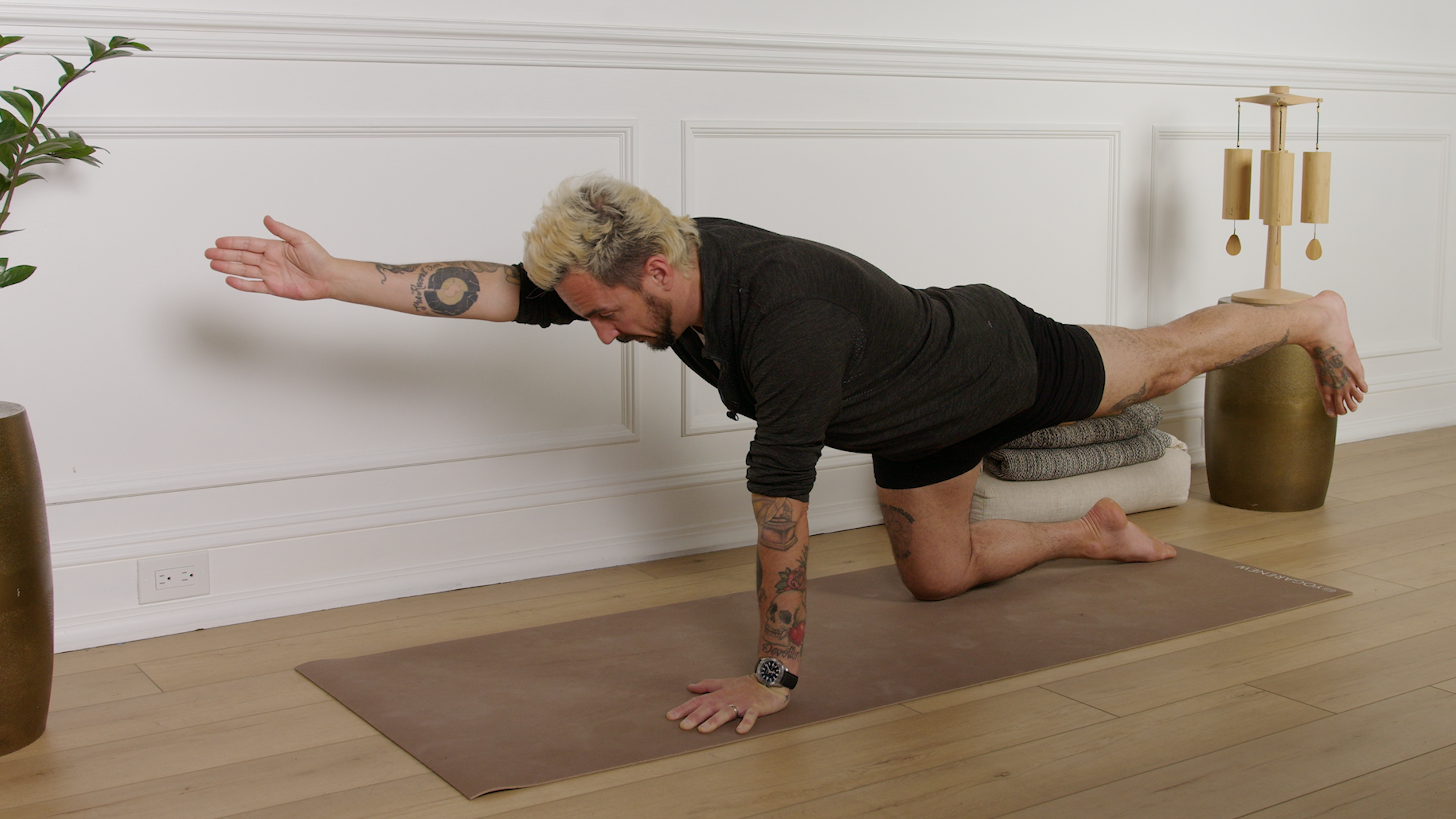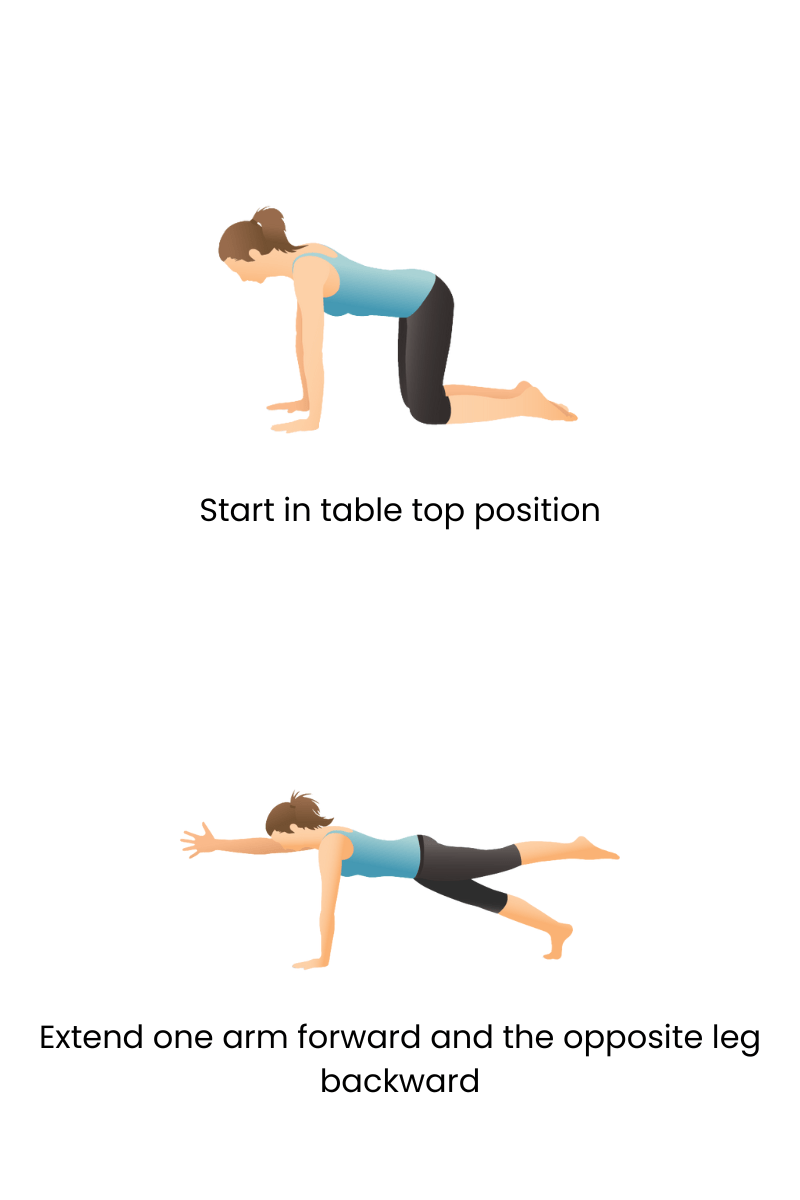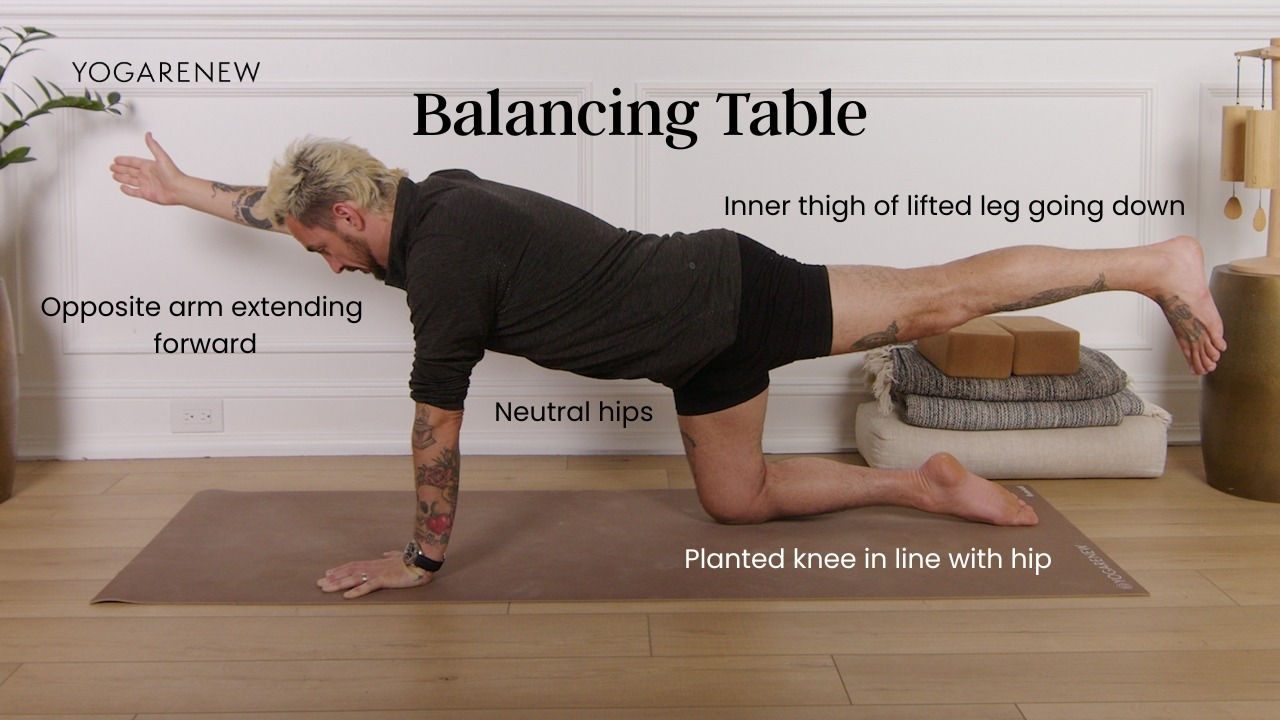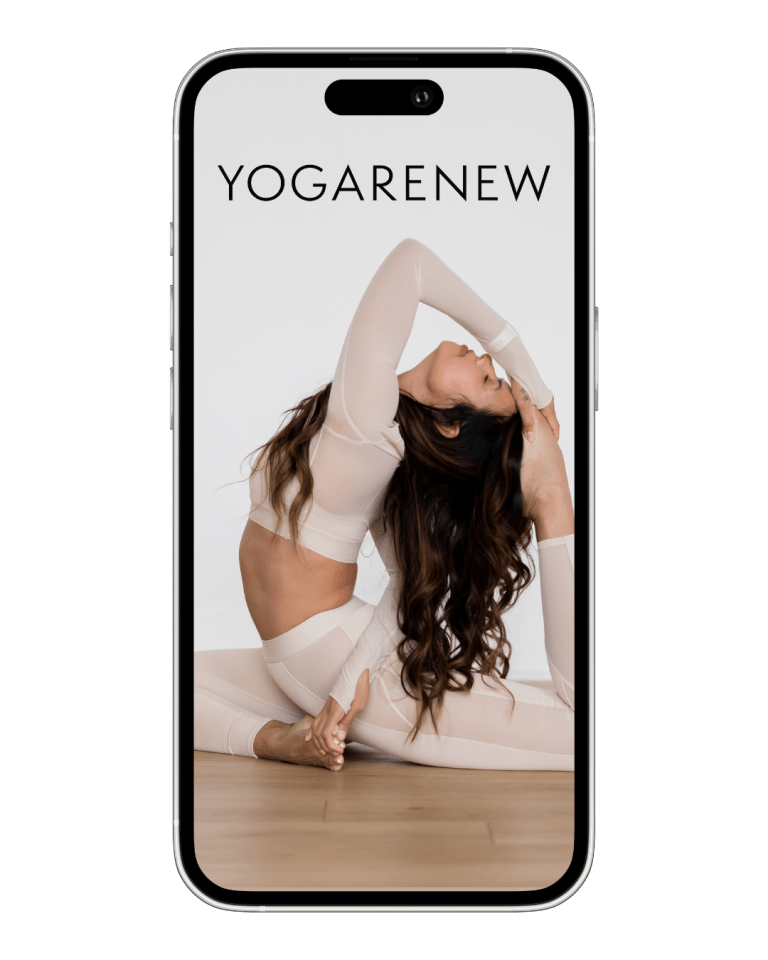What is Balancing Table?
English Name: Balancing Table
Sanskrit Name: Dandayamana Bharmanasana (pronounced dahn-dah-yah-MAH-nah bahr-mah-NAH-sah-nah)
Category: Balancing Pose, Foundational Pose, Core Strength, Beginner

English Name: Balancing Table
Sanskrit Name: Dandayamana Bharmanasana (pronounced dahn-dah-yah-MAH-nah bahr-mah-NAH-sah-nah)
Category: Balancing Pose, Foundational Pose, Core Strength, Beginner
Balancing Table Pose, known in Sanskrit as Dandayamna Bharmanasana, is a foundational yoga posture that strengthens the core, enhances coordination, and improves overall balance. Commonly included in beginner and gentle yoga sequences, this posture helps students build strength and stability in both the spine and the limbs. It’s an excellent preparatory pose for more advanced balancing postures and is often used to cultivate focus and body awareness early in practice.
Rooted in simplicity and mindfulness, Balancing Table Pose encourages practitioners to connect breath with movement while engaging deep stabilizing muscles. Whether used as part of a warm-up or integrated into a flow, this pose gently challenges the body’s equilibrium, promoting a strong core and steady mind. It’s accessible to students of all levels and provides an ideal starting point for those new to balance work on the mat.


1. Wrist Pain or Injury: Since Balancing Table places weight directly on the hands and wrists, individuals with carpal tunnel syndrome, arthritis, or recent wrist injuries should proceed with caution. Using yoga wedges, folding the mat under the heels of the hands, or substituting with forearm-based versions may help reduce strain.
2. Shoulder or Rotator Cuff Issues: Extending one arm forward requires shoulder stability. If a practitioner has a shoulder injury or experiences pain lifting the arm, it’s safer to keep both hands on the mat or skip the pose.
3. Knee Sensitivity or Injury: While knees remain aligned under the hips, prolonged pressure can aggravate joint pain or past injuries. A folded blanket under the knees or extra padding can help; however, if discomfort persists, this pose may not be appropriate.
4. Balance Challenges or Vertigo: Balancing on one hand and knee requires proprioceptive awareness. Students prone to dizziness or inner ear issues may feel unsteady. Practicing near a wall or limiting the extension to just one limb can provide more support.
5. Low Back Pain or Instability: Extending limbs without core engagement may exacerbate low back discomfort. If the lumbar spine collapses or pinches, focus on tabletop or gently work core engagement before attempting the full pose.
6. Neck Sensitivity: Holding the head in line with the spine requires cervical stability. Individuals with neck issues should keep their gaze slightly forward—not down or up—to avoid strain, or rest the head on a block if needed.
Balancing Table is a foundational core-and-balance pose that readies the body for deeper standing balances like Warrior III, Half Moon, or Dancer. Take it at your own pace—focus on steady breath, alignment, and mindful engagement.
No. This posture will help build strength. Try extending one limb at a time to test how stable you feel.
Yes—keep hips at or below knee level, and use support under your pelvis as needed.
Absolutely. Perform on fists, forearms, or use wedges to minimize wrist extension.

Explore classes & pose tutorials for any style, format, duration or experience level with a free account in the YogaRenew app. Or subscribe and gain access to workshops, live classes and more.